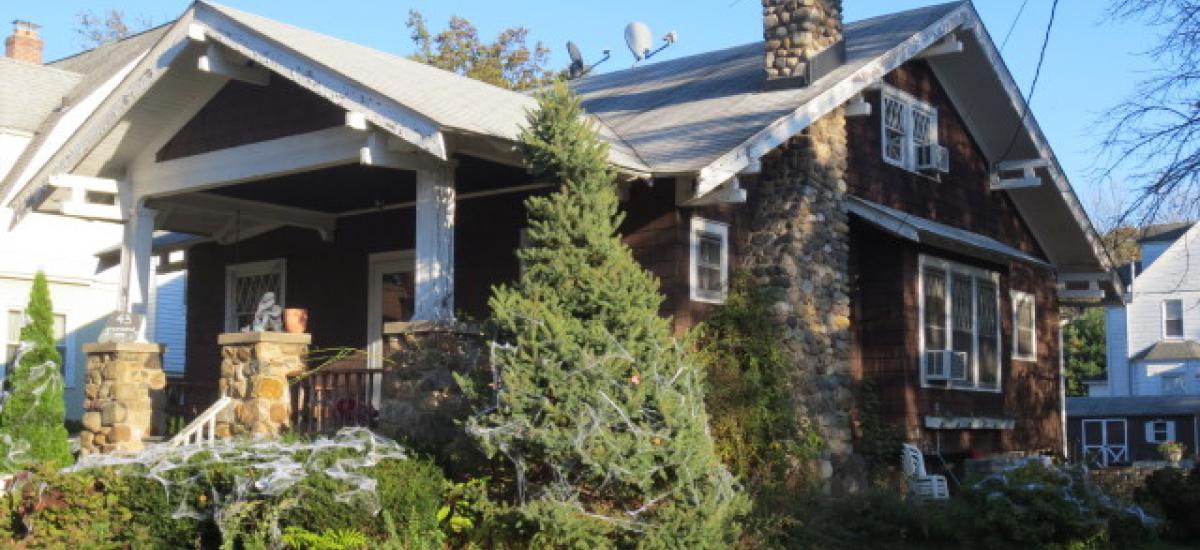
Overview
Explore keys to understanding some of the most seminal and widespread late 19th-century and 20th-century housing styles and types. Discussion focuses on the history and development of Arts and Crafts, ready-cut, and prefabricated houses. Learn about building components, identify models based on design characteristics, review research sources, and evaluate significance for federal guidelines and the National Register of Historic Places.
Each of these topics is available as a one-day customized training seminar or may be combined into a multiple-day workshop. Organizations may want to further customize by adding walking or driving tours that highlight a particular house type in a local historic district.
Arts and Crafts Houses. In a counter-reaction to the abundance of ornamentation associated with late 19th-century design, the Arts and Crafts movement (1890-1920), called for simplification in art and everyday life. Explore the origins of this English movement favoring the picturesque and artistic in domestic architecture, with an emphasis on fine craftsmanship, and compare with the more straightforward, practical designs that predominated in America. Discuss how the rising influence of publications emphasizing the home played a significant role in disseminating Arts and Crafts house design, interiors, and fixtures.
Ready-cut Houses. The ready-cut catalog or kit house made significant contributions to residential architecture in American cities and new suburbs (1906-1982). Explore the history of this house type and the companies that produced them, including industry leaders Sears and Aladdin. Learn to identify types, styles, and dates of their models from catalogue designs and built examples.
Prefabricated Houses. Peaking in popularity during the post-World War II housing shortage and subsequent boom, the prefabricated house (1940-1975) had industrial antecedents in the19th century and even earlier. Explore various types of prefabricated and modular construction. Review catalogue designs and built examples of housing models produced by manufacturers including National Homes and Gunnison/U.S. Steel.
Faculty
Gordon H. Bock, principal, National Archives Associates; contributing editor Traditional Building; former editor-in-chief, Old-House Journal; architectural historian, writer, editor, and co-author of The Vintage House
Participants
Homeowners; real estate agents; cultural resources managers for local and statewide preservation organizations.
Related Trainings
The Recent Past: Strategies for Identification, Evaluation, and Protection
Customized Training
This in-person seminar is currently not scheduled, however NPI offers customized training to meet specific organizational needs at a location and time convenient for the sponsor. In-person seminars, online, on-demand courses, and/or webinars may be based on current NPI offerings or new preservation-related training may be developed.
NPI offers each of these topics as a one-day customized training or they may be combined into a multiple-day workshop Organizations may want to further customize by adding walking or driving tours that highlight a particular house type in a local historic district.
Questions?
Contact NPI at 703.765.0100 or info@npi.org.
